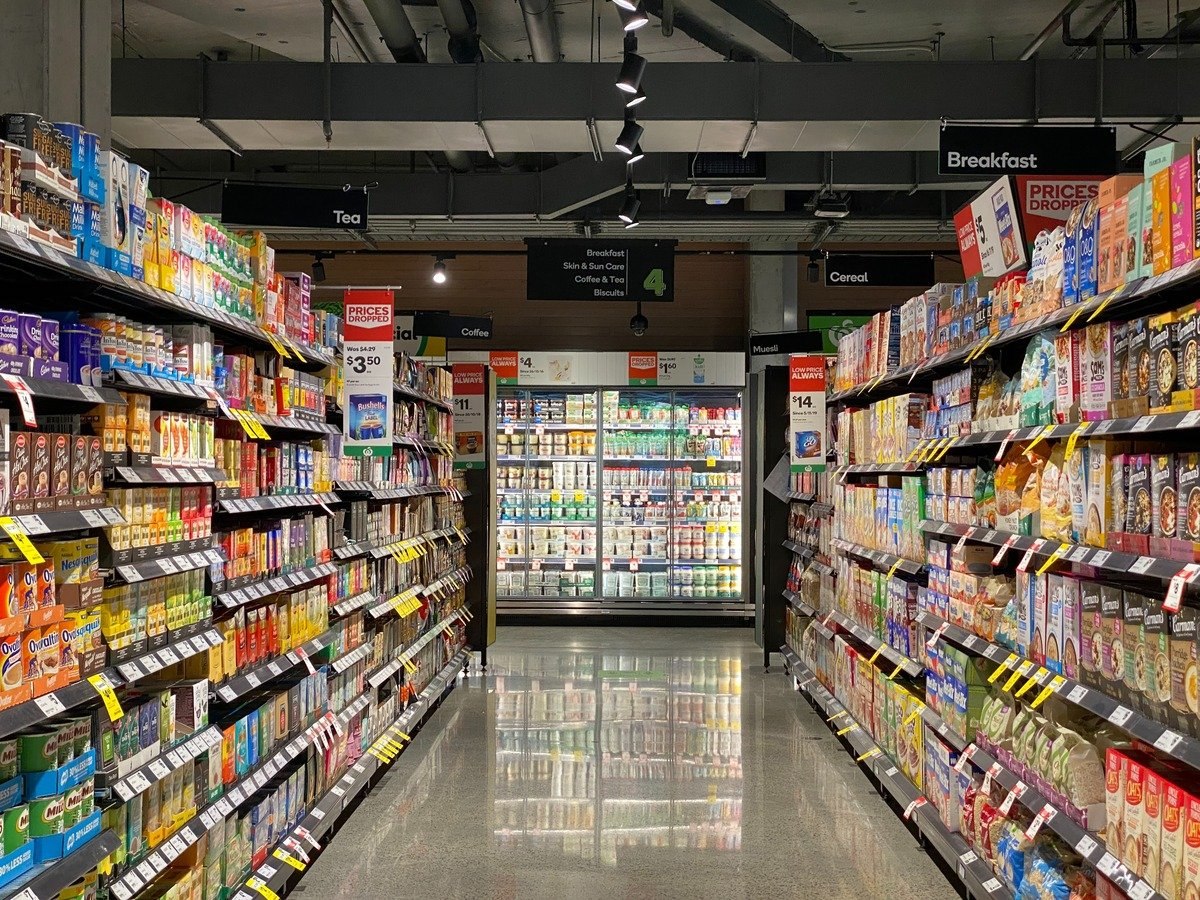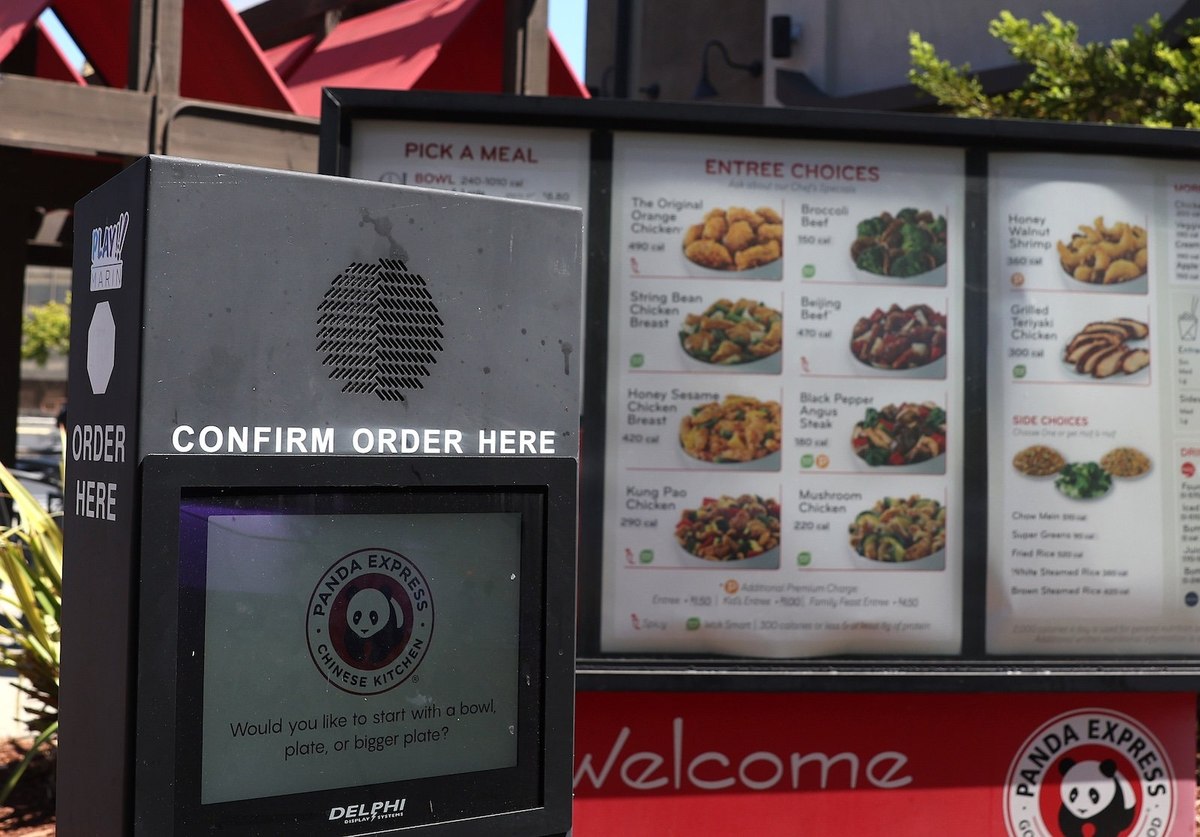
When less is not more: Investigating US consumer awareness of shrinkflation
In recent years, a growing number of consumers in the United States have reported feeling like they are getting less for their money when they shop for groceries. This feeling is not unfounded, according to a recent report by the US Bureau of Labor Statistics which confirms that many manufacturers are using a tactic called "shrinkflation" - reducing the size of their products while keeping prices the same - to maintain profit margins. While manufacturers claim that shrinkflation is necessary to prevent price increases, a new YouGov Surveys: Serviced poll explores whether American consumers are concerned about getting a fair deal in 2023 and if they plan to change their spending habits as a result.
Data from the study reveals that nearly three quarters of American consumers (73%) are concerned about shrinkflation – with 41% who are very concerned and 32% who are fairly concerned.
These Americans are clearly concerned about getting less for more. But across which product categories have they been noticing shrinkflation over the past six months - i.e., since September 2022?
Snack foods like crisps and confectionary items (52%) top the list of product categories where American consumers are noticing this trend, followed by dry goods like cereals, flours and pasta (46%), paper goods (35%) and cleaning products (34%).
A quarter of consumers are also noticing shrinkflation in the case of bread and bakery products (25%), beauty and personal care products (25%) and ready-to-cook products like instant noodles and soups (23%).
One in five American consumers are seeing shrinkflation in fresh produce (21%) and pet foods (20%).
Evidently, Americans have been noticing the trend of shrinkflation across almost all major product categories over the past six months. So, do they plan to change their spending habits over the next three months - i.e., until May 2023 - as result?
Nearly half of all respondents are likely to purchase generic products over their name- brand versions (46%) or switch to a different brand (45%).
Americans aged 55 and above are significantly more likely to stop purchasing some products altogether (48%) as compared to their 18-34-year-old counterparts.
On the other hand, while nearly two-fifths of 18-34-year-olds (39%) indicate that they are likely to purchase products in bulk sizes instead of smaller packages, this proportion falls to less than a third amongst Americans above the age of 55 (27%).
More than a third of the respondents (33%) plan to wait or hold off on purchasing some products while 29% are likely to buy whole and/or fresh foods instead of pre-packaged products.
With significantly less than a tenth of Americans (4%) who do not plan to do any of the above, it is clear that combating shrinkflation is a major concern for the American shopper. What’s more, it’s a concern that may cause significant changes in consumer spending habits over the next few months at the very least.
Explore our living data – for free
Discover more FMCG content here
Want to run your own research? Run a survey now
Make smarter business decisions with better intelligence. Understand exactly what your audience is thinking by leveraging our panel of 20 million+ members. Speak with us today.
Methodology: YouGov Surveys: Serviced provide quick survey results from nationally representative or targeted audiences in multiple markets. This study was conducted online from February 22 – 23, 2023 with a nationally representative sample of 1,187 adults in the US (aged 18+ years), using a questionnaire designed by YouGov. Data figures have been weighted to be nationally representative. Learn more about YouGov Surveys: Serviced.
Photo by Franki Chamaki on Unsplash
































